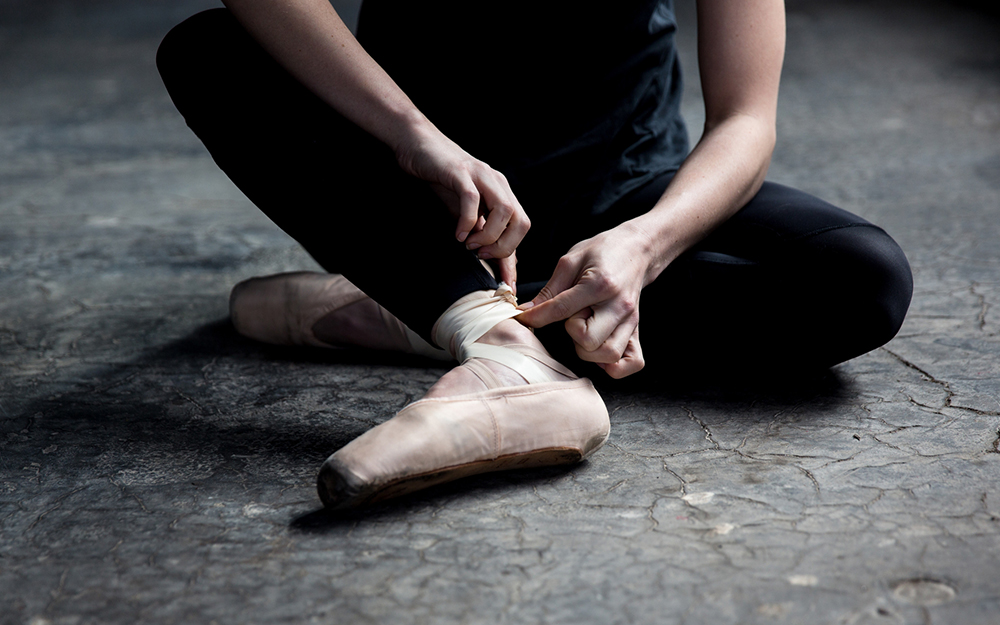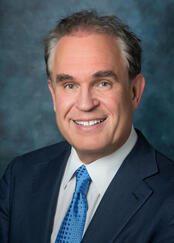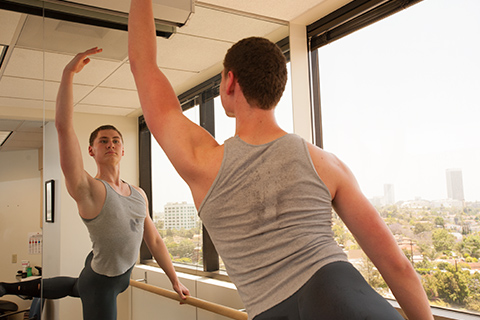Cedars-Sinai Blog
Keeping Injured Dancers on Their Toes
Sep 17, 2018 Cedars-Sinai Staff

Nature was generous with Matthew Leonardi, endowing him with grace, strength and agility, and an extra bone in his left foot. The first three helped bring the 18-year-old ballet dancer from San Bernardino to the brink of a brilliant career. If not for the experts at Cedars-Sinai, though, the extra bone would have derailed it.
"I can jump again, and I do more turns now—before I could barely do four, now I’m up to seven. I wouldn't have had a chance before. Now I do. I just have to work hard and show them I’m really dedicated."

Glen Pfeffer, MD
"He's a world-class dancer, he truly is," said Glenn B. Pfeffer, MD, co-director of the Cedars-Sinai/USC Glorya Kaufman Dance Medicine Center. "He has trained all over the world and has a very promising future."
Leonardi, whose natural gifts were apparent from his first dance classes at age 5, quickly outgrew his hometown ballet studio. He was invited to the Bolshoi Ballet Academy in Moscow, took classes with the San Francisco Ballet and then moved to the Maple Conservatory of Dance in Tustin.
Three years ago, when constant pain near his Achilles tendon began to interfere with Leonardi's dancing, no one could identify the problem. Two separate orthopaedic surgeons had told him there was nothing wrong other than tendinitis, and urged him to stretch and refrain from pointing his toe. A third surgeon, who believed Leonardi had an ankle sprain, put the young dancer in a cast. Eight weeks later, during which Leonardi missed an important summer dance program, the cast came off and the pain was still there.

Leonardi's mother scoured the Internet for an answer and, a year later, found a case mentioning the os trigonum, the extra bone in the foot that is the size of a pea. At one point, she pleaded with an emergency room doctor to take X-rays, the only views that could identify the existence of the os trigonum. The images showed a bone fragment and a break in Leonardi's ankle, but the doctor could not explain the cause.
Finally, his mother showed the X-rays to the head of the Maple Conservatory, who suggested that Leonardi visit Pfeffer at the Cedars-Sinai/USC dance center. By that time, Leonardi had all but given up after so many incorrect diagnoses and repeated admonishments by teachers to work harder at pointing his foot and to stretch and ice more.
"I figured I would just have to keep dancing through the pain," Leonardi said. "I didn't have any other choice."
It took Pfeffer all of one minute to make the diagnosis.
"He took one look and just immediately said 'Oh, it's this extra bone you have, and it's broken,'" Leonardi said. "When he brought up the X-rays and showed me how it had occurred, I knew that finally, this was someone who knows that he's talking about."
The os trigonum is located where the top of the heel meets the base of the ankle, in the perfect position to be crushed by the force of a dancer leaping, turning and pointing his foot.
"It's like a nutcracker closing. In Matthew's case, the bone was crushed into several small pieces," said Pfeffer, who was able to identify the bone fragments and remove them during surgery by carefully feeling around for them.
The bits of bone, which rubbed against the Achilles tendon, limited the range of motion and created a tremendous amount of inflammation.
"He was pushing himself and he was in great pain, and he was being told there was nothing wrong," Pfeffer said. "I told him what was happening and he was astounded.
Leonardi spent two months recovering after surgery. This time, when he returned to the studio, he was pain free.
"I could point my foot again, I could jump, I could turn, and it was just incredible," Leonardi said. "I was thanking God, and thanking Dr. Pfeffer."
Now, after competing in the Youth American Grand Prix, the most prestigious ballet competition for dancers up to age 19, he is continuing to study with ballet master Maxim Tchernychev of the San Diego Ballet and with Dmitri Kulev of the DKCBA, a classical ballet academy in Laguna Beach.
"I can jump again, and I do more turns now—before I could barely do four, now I’m up to seven," Leonardi said. "I wouldn't have had a chance before. Now I do. I just have to work hard and show them I’m really dedicated."
In Discoveries: Saving Grace


